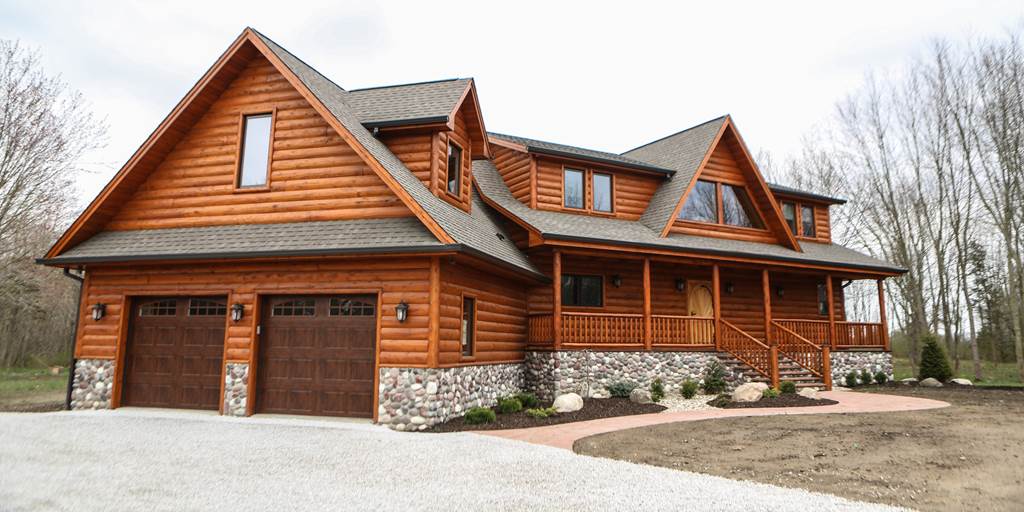Choosing the right exterior for a home is more than just a design choice. It influences durability, energy efficiency, and overall value. Many homeowners are drawn to the natural charm of Log Wood Siding, but the number of available options can feel confusing. Profiles, finishes, and wood species all contribute to the final look and determine the level of care the siding will require. Every decision affects how well the siding matches the character of your house, whether it is a rustic cabin, a modern farmhouse, or a traditional family home. This blog outlines the key factors to consider, enabling you to make an informed choice that combines both style and practicality.
Match Siding to Your Home’s Style
The first step is to focus on your home’s overall design.
- Rustic cabins look best with half-log siding or hand-hewn finishes that create texture and depth.
- Farmhouse or contemporary homes pair well with smooth quarter-log siding that highlights clean lines.
When siding complements the architectural style, the exterior feels consistent, attractive, and balanced.
Understand Siding Profiles and Finishes
Profiles greatly affect both appearance and installation.
- Half-log siding provides a bold, rounded look that resembles full Log Wood Siding.
- Quarter-log siding is lighter, more affordable, and easier to install.
- D-log siding features a flat interior surface and a rounded exterior, creating a classic log home aesthetic.
Finishes also matter. Hand-hewn siding highlights a traditional, rustic look, while smooth siding creates a modern and polished impression.
Select the Right Wood Species
The choice of wood influences longevity and maintenance.
- Cedar resists insects and moisture, making it highly durable in wet climates.
- Pine is budget-friendly and easy to work with, but needs sealing to prevent damage.
- Engineered wood offers a realistic grain with reduced maintenance demands.
Selecting the right species ensures siding not only looks appealing but also performs well over time.
Consider Climate and Maintenance
Weather conditions play a significant role in the performance of siding.
- In humid regions, cedar or engineered options hold up longer and resist rot.
- In drier climates, pine can be a good choice if properly maintained and sealed.
Factoring in weather and upkeep needs early helps prevent expensive repairs in the future.
Balance Budget and Practicality
Full-log siding delivers authenticity but requires more investment and heavier installation. Thinner profiles or engineered alternatives provide a similar look at a lower cost and are easier to install. By weighing budget against appearance and upkeep, homeowners can select siding that is both cost-effective and visually appealing.
Conclusion
Selecting the right Log Wood Siding involves balancing beauty, durability, and cost. The best choice is one that reflects your home’s style while withstanding climate conditions and meeting long-term maintenance demands. By carefully considering siding profiles, finishes, wood species, and installation requirements, you can make a choice that enhances your home for years to come. Maintenance planning should also be part of the decision, ensuring your siding continues to protect and improve the beauty of your property. With the right approach, Log Wood Siding can provide lasting value, warmth, and character for any home style.

